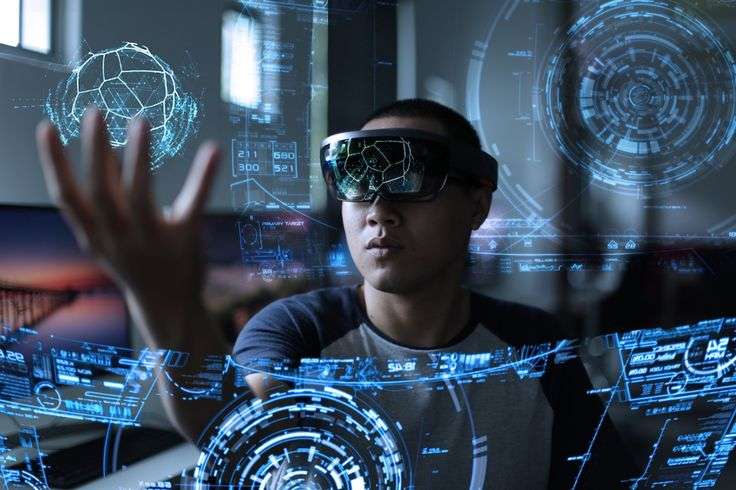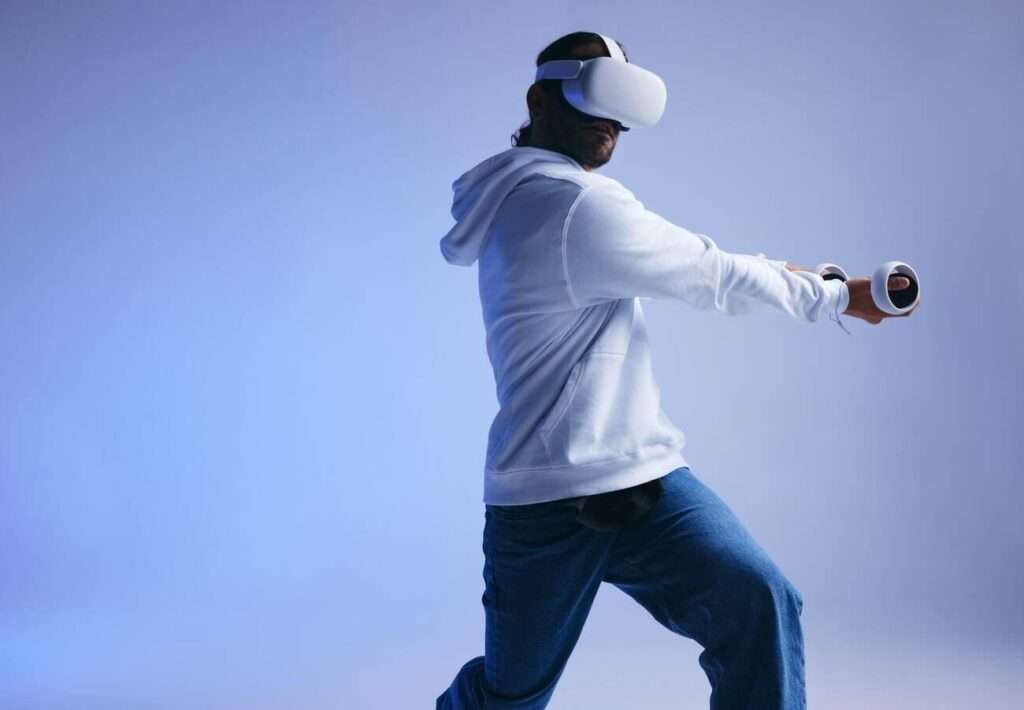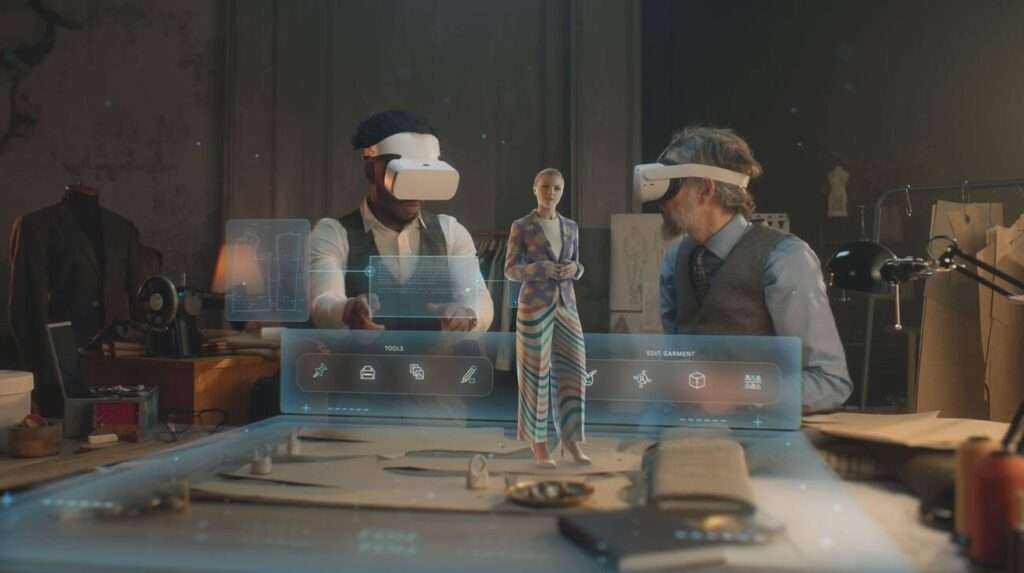
Virtual reality is a technology that creates an immersive and interactive simulation of a three-dimensional environment. It has been used for various purposes, such as entertainment, education, training, and therapy.
You may believe that you have used virtual reality, and you may have been quite pleased. There are some fantastic experiences out there (or rather, in there) nowadays, especially if you’re a gamer.
Gaming is the “killer app” for virtual reality, and the reason this technology is advancing at such a rapid rate is the enormous consumer base eager to pay for the most spectacular and immersive entertainment options.
Some of the most immersive experiences to date are available at Sandbox VR’s real-world VR centres, which are run by people who own equipment that would be too expensive or impractical to use in our homes.
With the use of full-body haptic feedback suits, they provide five games (one licenced from Star Trek) that allow parties to collaborate or engage in combat in eerie pirate ships, deep space, or during a zombie infestation.
“Minimum viable Matrix or holodeck” is how CEO Steve Zhao characterises the experience his business has produced. It’s best described as though you are the stars of your own film, since that’s essentially what we made.”
Even in the early stages of virtual reality entertainment, it’s obvious that there might be two marketplaces for consumers. It makes more sense to deliver the most immersive and stunning equipment at designated locations rather than at homes, even though it is large, costly, and requires technical expertise to operate. The stay-at-home options, like movies, will give something that’s maybe a little less amazing but more practical—at least until we can have full-size Star Trek holodecks in our houses!
How can technology move the metaverse beyond gaming platforms?
With virtual reality (VR) technology, the metaverse has the ability to take users to virtual places and experiences that give them the impression that they are truly there, the possibilities of which extend far beyond the current state of gaming platforms. However, in order to push the envelope of what is feasible, this depends on numerous new technologies.
It’s crucial to avoid being taken in by surprise by the excitement, as this can often lead to disaster. It creates a flurry of expectations and capital interest, and then we crash very hard, which may have a significant effect on founders, start-ups, and other businesses in the ecosystem.
Therefore, we haven’t altered our vision for what we want to create—a convergence of these various state-of-the-art technologies. While consumers don’t necessarily need to understand every detail, integrating these technologies to provide individuals with a more meaningful and richer digital experience is the main difficulty.
Will the Metaverse be accessible to all?
As with many technologies, developing the metaverse is not without its social challenges.
There’s the risk of increasing the digital divide between the world’s technological haves and have-nots, for example, where billions of people without connectivity and the requisite digital tools are, therefore, unable to access the metaverse and its applications.

Chen projects that both the evolution of consumer electronics and component costs will happen swiftly.
Even in low-income nations, smartphones, which were formerly considered an exclusive new technology, are now an integral part of everyone’s lives and means of subsistence.
Therefore, it’s critical to test the limits of these new technologies, as there will always be worries about unforeseen societal repercussions.
Because virtual reality headsets require a lot of on-headset or on-device computing, they are costly. The display in front of your eyes should become substantially lighter, more affordable, and more comfortable to wear once that can be offloaded to the cloud, the edge, or other computing devices.
“To ensure that more people have access, it’s crucial to develop a bridge to browser-enabled three-dimensional experiences as well, as such a device can still be expensive to access now.”
Should we be optimistic or anxious about the future?

Given the prevailing ambiguity surrounding the metaverse’s evolution, what factors ought educators, parents, and other stakeholders to take into account when integrating these technologies into their classrooms or homes?
This place has been visited by us previously. Although the early internet days held great promise, some people have doubts about the current impact of social media and the internet in general.
Increased use of virtual reality 3D modelling by game production businesses can be attributed to the success of VR games. Equally important to recognise is that using virtual reality presents a wide range of difficult problems. Virtual reality gaming will become even more visceral and sensory-rich as a result of the integration of AI and haptic feedback technologies, which will push immersion to new levels.
Conclusion
With the advancement of generative AI, everybody may become a creative. It’s crucial, in my opinion, since everyone must engage with the digital future and the metaverse idea. Building it for the people, by the people, is what we truly want.




